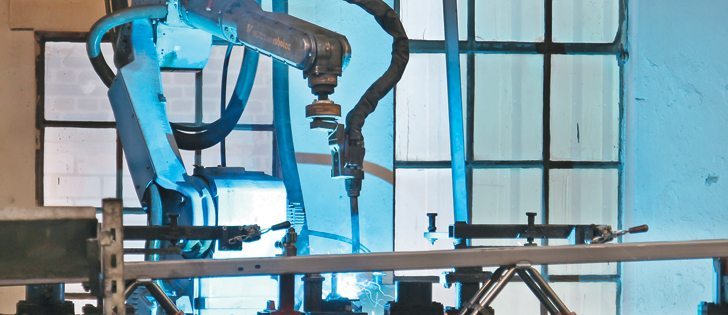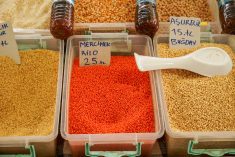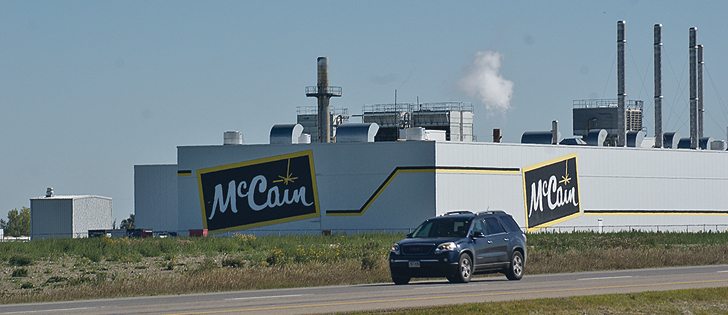Potash and oil are traditionally huge in the Saskatchewan economy, but if the government relied on them to make budget this year, it would be a sorry situation.
The real class among sectors is agriculture.
The province’s mid-year report notes that business investment in such things as housing construction is partly fuelling the economy. The population is rising, jobs are plentiful and life seems good. The budget will balance.
“Though potash production and sales have been impacted this year by weak global demand, many of the other indicators for 2012 are also up,” said the report. “2012 crop production is estimated at 26.4 million tonnes, down 0.9 percent from 2011, but above the budget level. As a result, the 2012 real GDP growth forecast has been revised up.”
Read Also

Proactive approach best bet with looming catastrophes
The Pan-Canadian Action Plan on African swine fever has been developed to avoid the worst case scenario — a total loss ofmarket access.
That’s despite resource revenues dropping by more than $400 million. Meanwhile, Saskatchewan farm cash receipts are up seven percent to $8.64 billion, and realized net farm income soared 58 percent to $2.85 billion in 2011.
Cash receipts are even higher in Alberta, up 15 percent to $8.76 billion, although net farm income was low. Manitoba is not faring as well, partly because of the flooding last year.
Years ago, whenever things went awry in western agriculture, people (urbanites? politicians?) would say something like, “it’s no big deal; it’s only eight percent of GDP. Agriculture is just not as important as it used to be. Potash and oil and uranium are the way of the future.”
That, of course, is true to a point. The non-renewable triumvirate in Saskatchewan, the massive oil economy in Alberta and a significant amount of mining in Manitoba are all crucial to the prairie economies.
So is agriculture. It may not pay royalties, but it reverberates through the economy — especially in Sask-atchewan — with massive spin-off effects. Who buys the most expensive stuff, such as combines, in Western Canada? Farmers.
How much in income, fuel and sales taxes does that deliver to governments? No idea, but it’s huge.
Doug Elliott, publisher of Sask Trends Monitor, also pointed out that agriculture still employs more people in Saskatchewan — 40,000 — than mining, oil and gas at 24,000.
Agriculture is noticeably back in the spotlight, and Saskatchewan’s mid-year financial report is testament to that.
















